University Research Report: Asthma Management in Pediatric Care
VerifiedAdded on 2020/05/03
|6
|1228
|62
Report
AI Summary
This report provides a comprehensive overview of research related to asthma management in children, with a specific emphasis on school-based interventions. The study highlights the prevalence of asthma among children in the USA, the challenges in effective asthma management, and the benefits of school-based interventions. The report explores the importance of information exchange between caregivers and children, and the role of teachers in implementing asthma prevention models. It also discusses the research methods, including database searches (PubMed, Medline, ERIC, etc.), inclusion and exclusion criteria, and the strengths and limitations of the reviewed studies. The findings suggest that school-based interventions can improve the quality of life for asthmatic children by addressing factors such as school environment, education, and first aid principles. The report also addresses challenges in implementing these interventions, such as the lack of school nurses and policies. The research aims to provide valuable insights for future translation and improvement of asthma management in pediatric care.
1 out of 6
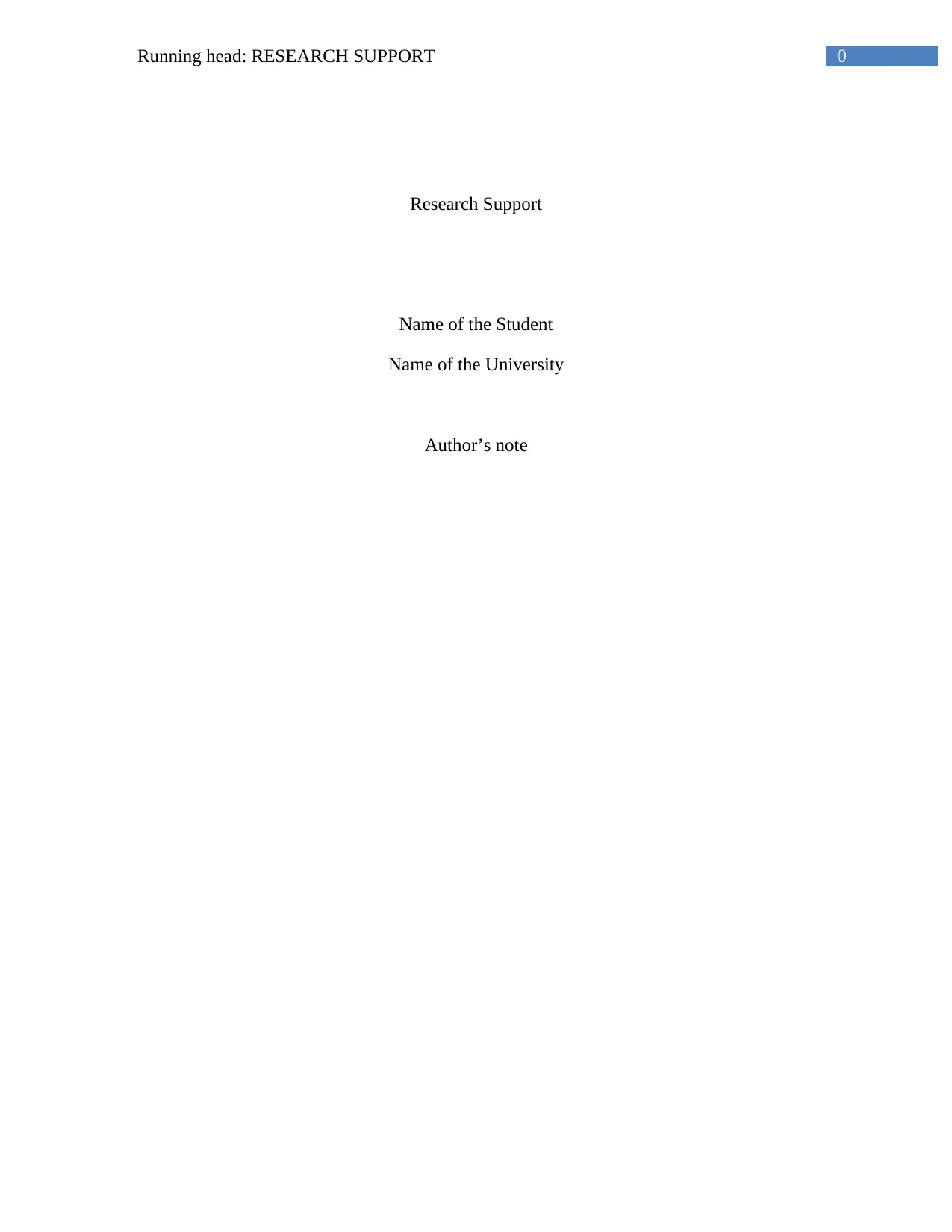
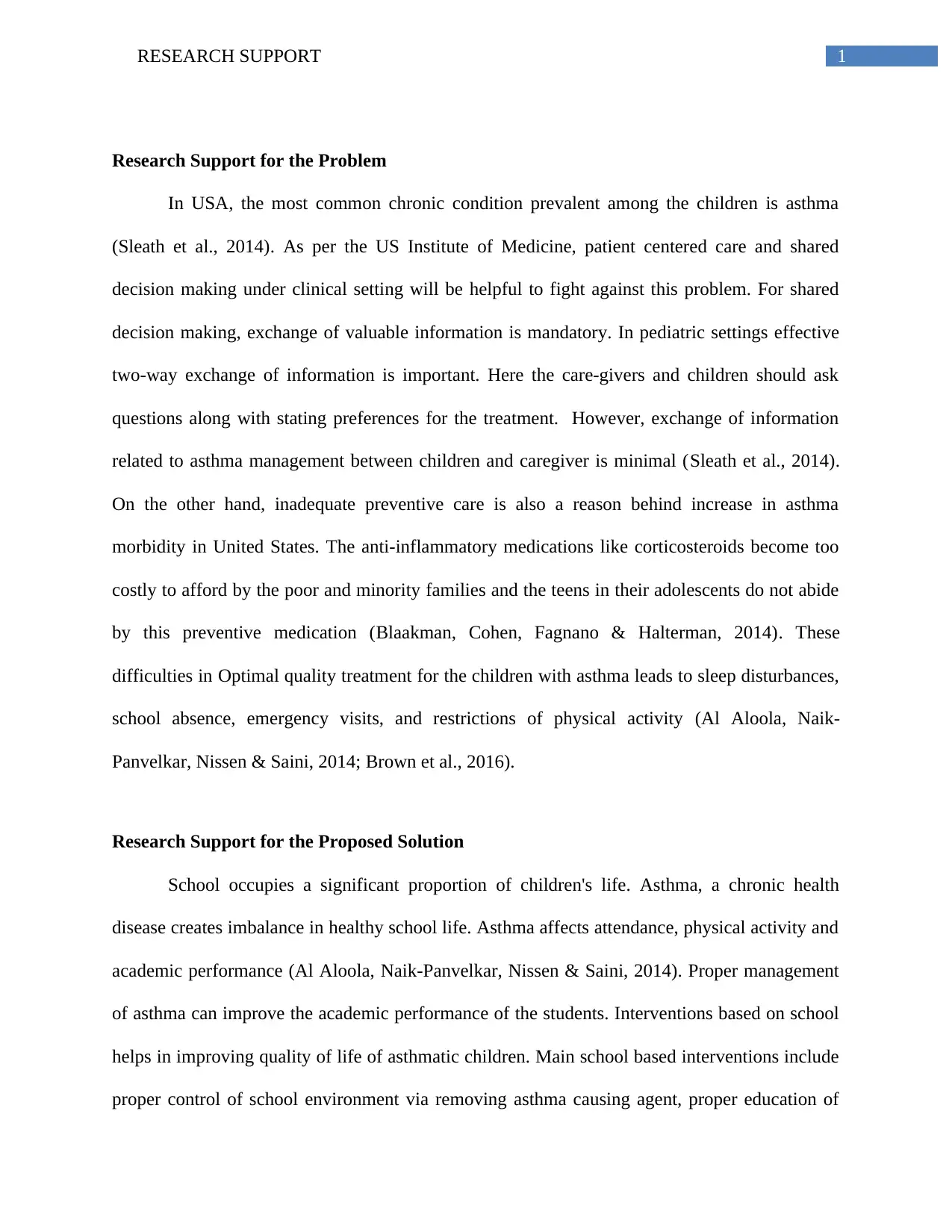
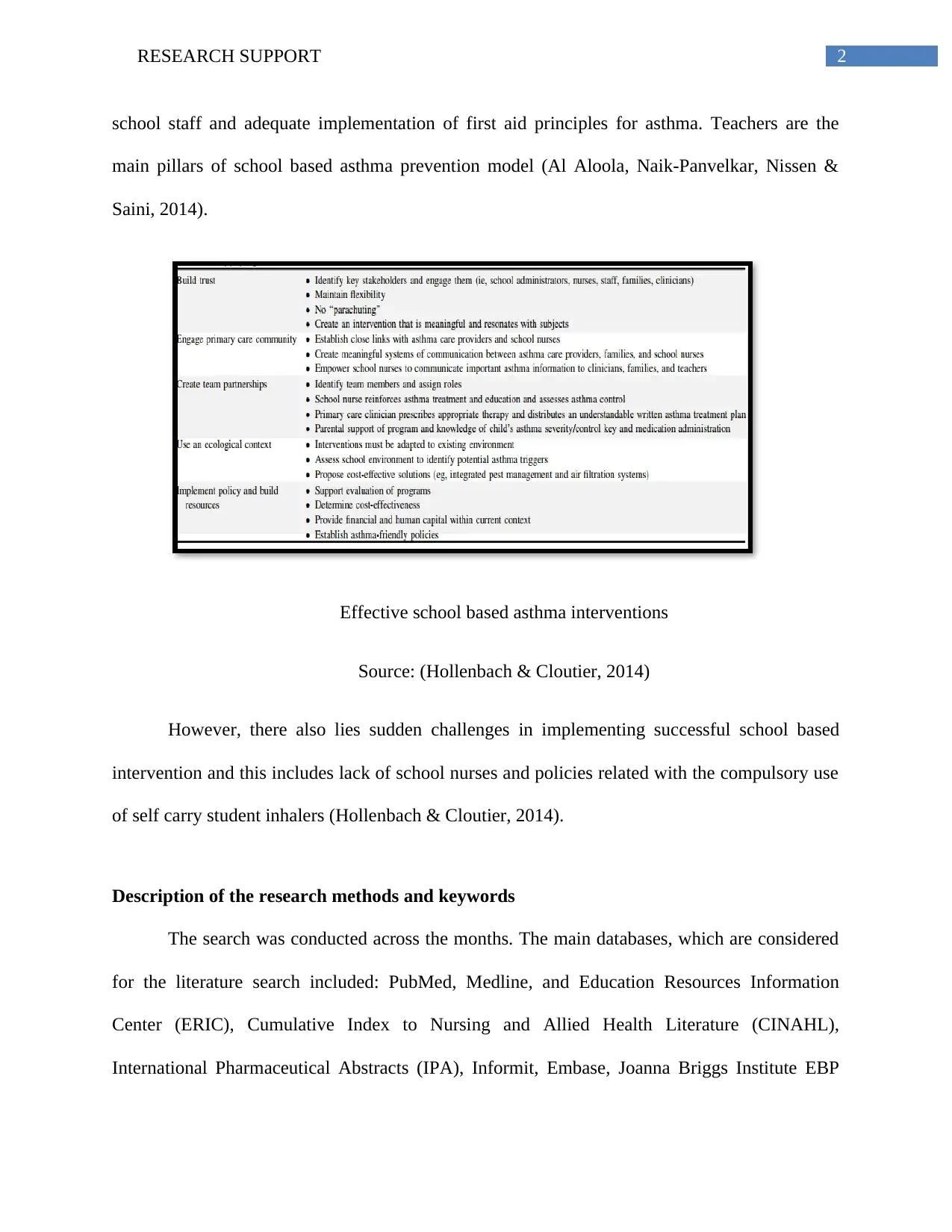

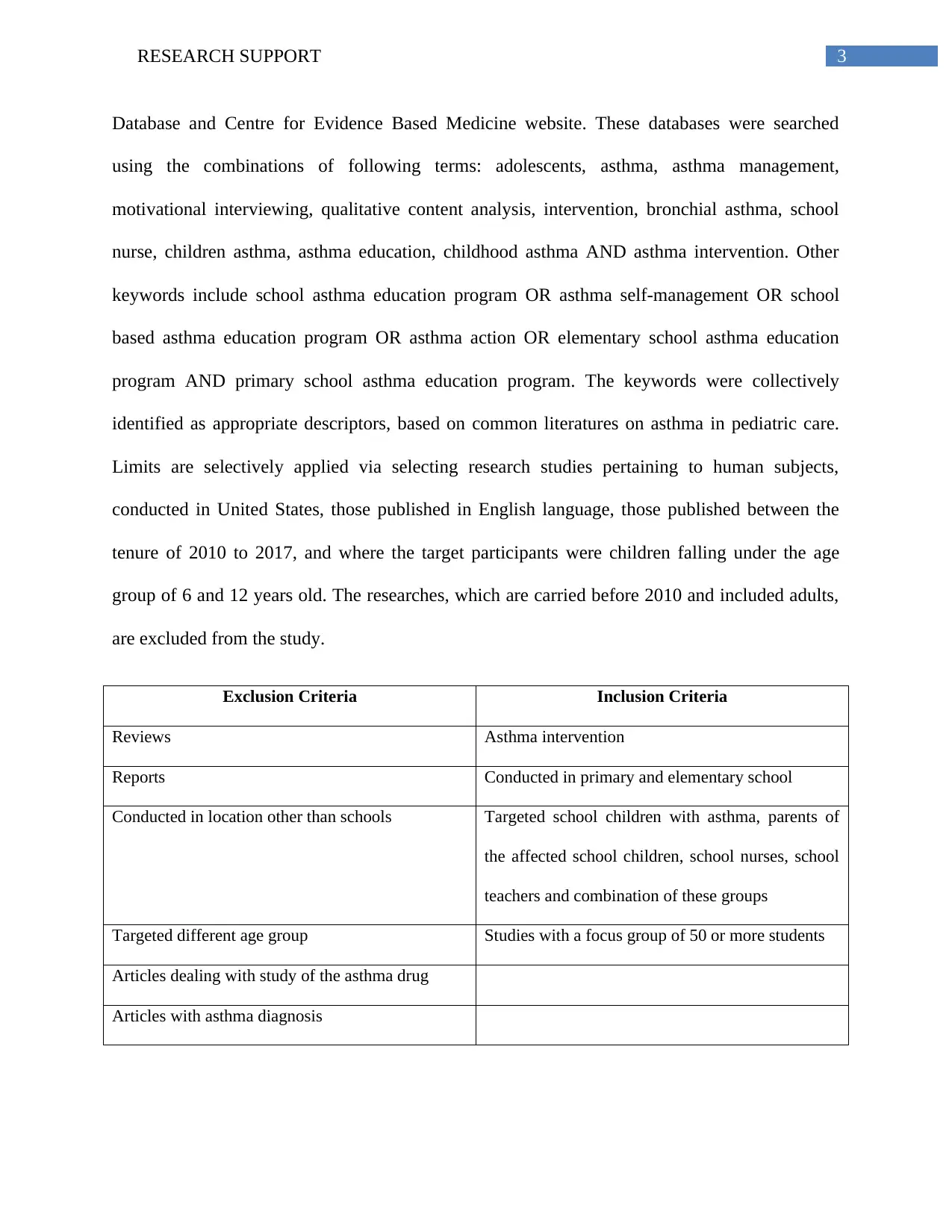
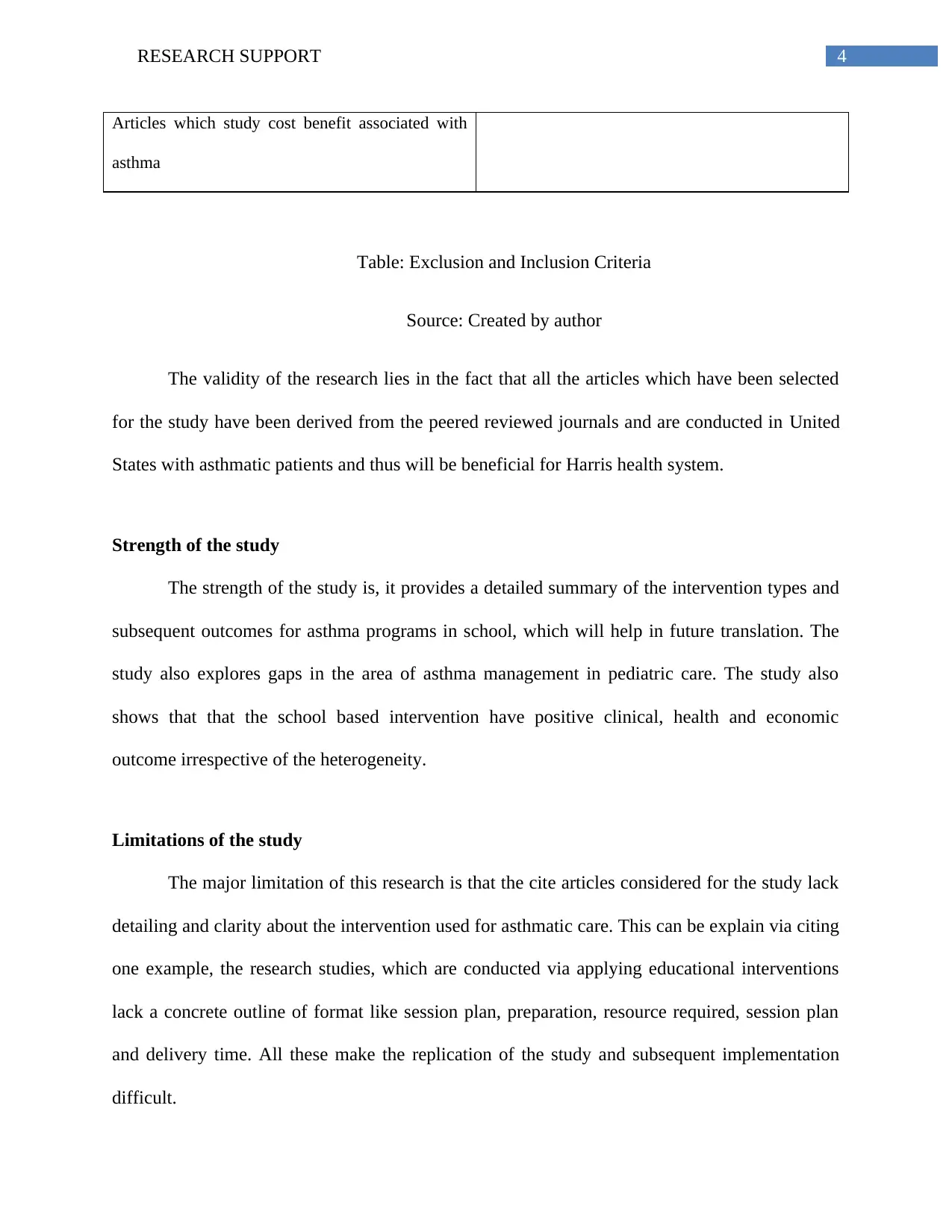







![[object Object]](/_next/static/media/star-bottom.7253800d.svg)